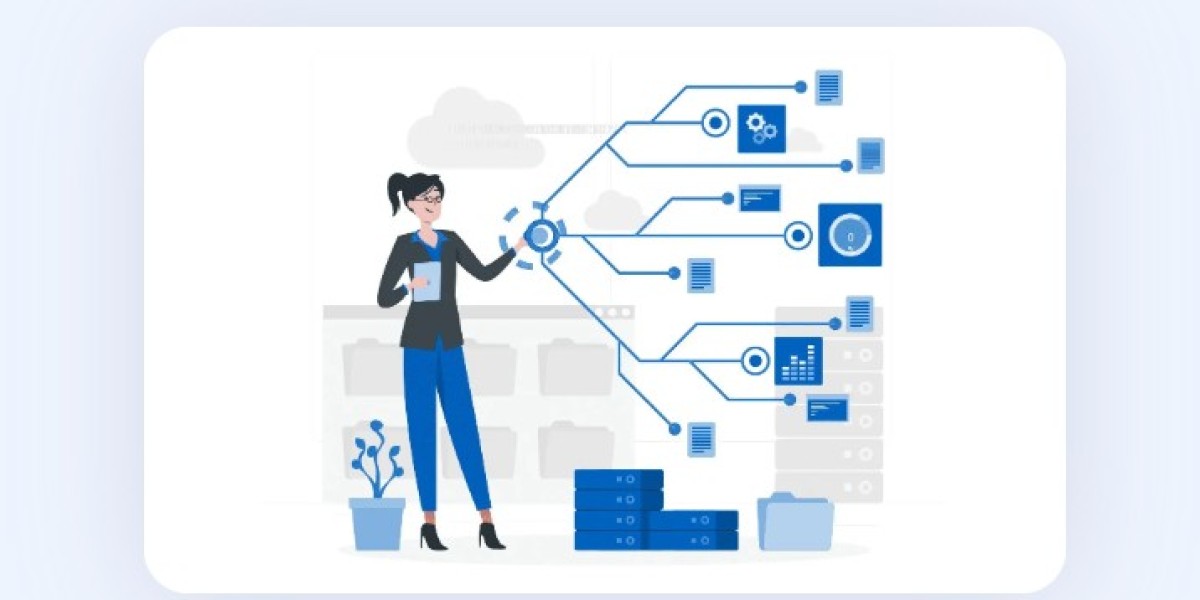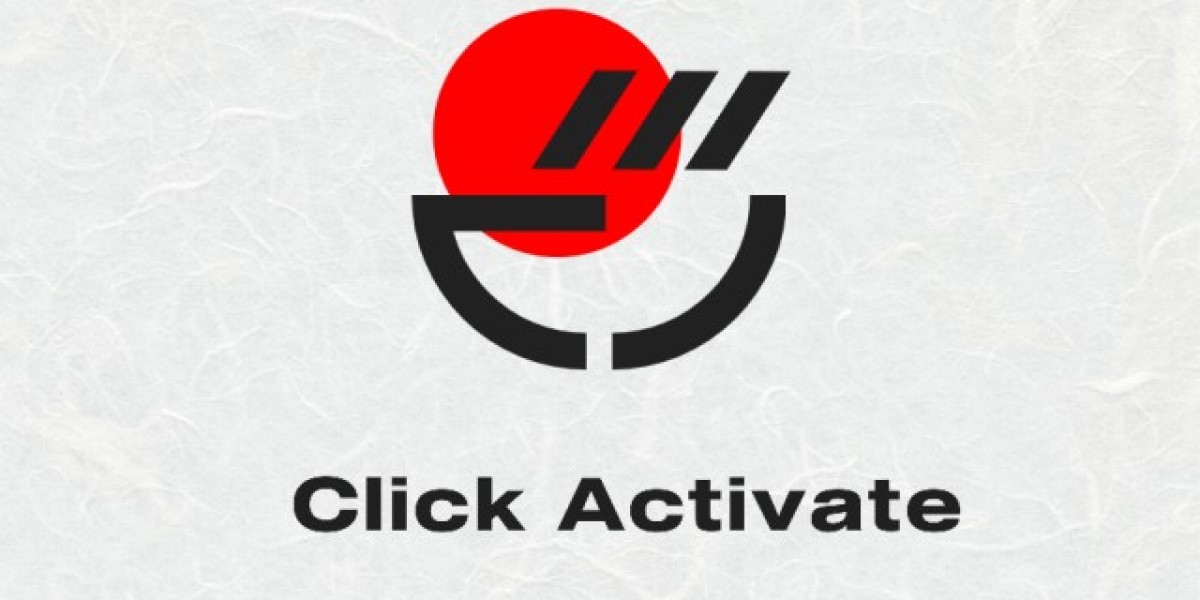Introduction
In the rapidly evolving world of technology, bespoke software solutions are becoming increasingly vital for businesses seeking a competitive edge. These tailor-made applications are designed to meet specific organizational needs, offering unique functionalities and integrations that off-the-shelf software cannot provide. However, the success of bespoke software is not solely determined by its features or performance; a critical factor that significantly influences its success is User Experience (UX) design.
User Experience (UX) design encompasses the entirety of a user's interaction with a product or service. For bespoke software, exceptional UX design can mean the difference between user adoption and rejection, operational efficiency and inefficiency, and ultimately, the success or failure of the software itself. This article explores the profound impact of UX design on bespoke software success, examining key principles, benefits, and strategies for creating user-centered software that meets and exceeds expectations.
Understanding Bespoke Software
Bespoke software, also known as custom software, is developed to cater to the unique needs of a specific organization. Unlike off-the-shelf software, which is designed for general use and comes with pre-defined features, bespoke software is built from scratch based on detailed requirements gathered from the client. This custom approach allows for tailored functionalities, integrations with existing systems, and scalable solutions that can evolve with the organization.
The Role of UX Design in Software Development
UX design focuses on optimizing the overall experience users have when interacting with a product. For bespoke software, this involves creating intuitive, efficient, and enjoyable experiences that align with user needs and expectations. The role of UX design in software development includes several key aspects:
User Research and Analysis: Understanding the target users, their behaviors, needs, and pain points is fundamental to effective UX design. In bespoke software development services, this involves conducting interviews, surveys, and usability tests to gather insights that inform the design process.
Information Architecture: Organizing and structuring content in a way that is logical and accessible to users is crucial. A well-designed information architecture ensures that users can find and interact with information easily, enhancing their overall experience.
Wireframing and Prototyping: Creating wireframes and prototypes allows designers to visualize and test the software’s layout and functionality before development begins. This iterative process helps identify potential issues and refine the design based on user feedback.
Interaction Design: Designing interactive elements such as buttons, forms, and navigation menus to be user-friendly and responsive is essential. Effective interaction design ensures that users can perform tasks efficiently and intuitively.
Visual Design: The visual aesthetics of the software, including color schemes, typography, and imagery, contribute to the overall user experience. A visually appealing design can enhance user satisfaction and engagement.
Usability Testing: Testing the software with real users to identify usability issues and gather feedback is a critical step in the UX design process. Continuous testing and iteration help ensure that the software meets user needs and expectations.
Benefits of Effective UX Design in Bespoke Software
Investing in UX design for bespoke software yields numerous benefits that contribute to its success. These benefits include:
Increased User Adoption: A well-designed user experience makes software more intuitive and easier to use, leading to higher adoption rates among employees or customers. When users find the software easy to navigate and efficient in meeting their needs, they are more likely to embrace it.
Enhanced Productivity: Custom software with a focus on UX design can streamline workflows and eliminate inefficiencies. By optimizing task flows and reducing the time required to complete tasks, users can achieve higher levels of productivity.
Reduced Training Costs: Intuitive software design reduces the need for extensive training. When the software is easy to use and understand, users can quickly become proficient, minimizing the costs and time associated with training.
Improved User Satisfaction: A positive user experience leads to higher satisfaction levels. Users who find the software enjoyable and easy to use are more likely to have a favorable perception of the organization that developed it.
Lower Error Rates: Effective UX design reduces the likelihood of user errors by providing clear instructions, feedback, and error prevention mechanisms. This helps to ensure that users can perform tasks accurately and efficiently.
Competitive Advantage: Bespoke software with exceptional UX design can differentiate an organization from its competitors. Offering a superior user experience can be a key factor in attracting and retaining clients or customers.
Greater ROI: Ultimately, investing in UX design can lead to a higher return on investment (ROI). Enhanced user adoption, productivity, and satisfaction contribute to the overall success of the software and the organization.
Key UX Design Principles for Bespoke Software
To achieve success in bespoke software through UX design, several key principles should be followed:
User-Centered Design: Prioritize the needs and preferences of the end-users throughout the design process. By focusing on user goals and challenges, designers can create solutions that are both effective and enjoyable to use.
Simplicity and Clarity: Strive for simplicity in design to ensure that users can easily understand and navigate the software. Avoid clutter and complexity, and provide clear instructions and feedback to guide users.
Consistency: Maintain consistency in design elements, such as colors, fonts, and navigation patterns, to create a cohesive and predictable user experience. Consistency helps users become familiar with the software and reduces the learning curve.
Accessibility: Design with accessibility in mind to ensure that all users, including those with disabilities, can effectively interact with the software. This includes considerations for color contrast, keyboard navigation, and screen reader compatibility.
Feedback and Responsiveness: Provide users with timely and meaningful feedback to inform them of the results of their actions. Responsive design ensures that the software performs well across different devices and screen sizes.
Iterative Design: Embrace an iterative design process that involves continuous testing, feedback, and refinement. Iterative design allows for ongoing improvements based on real user interactions and evolving needs.
Strategies for Integrating UX Design in Bespoke Software Development
To effectively integrate UX design into bespoke software development, organizations can follow these strategies:
Collaborate with Stakeholders: Involve key stakeholders, including end-users, project managers, and developers, in the UX design process. Collaboration ensures that all perspectives are considered and helps align design goals with business objectives.
Conduct Thorough Research: Invest time in understanding user needs, behaviors, and pain points through research methods such as user interviews, surveys, and analytics. This research provides valuable insights that inform the design process.
Create Detailed User Personas: Develop user personas that represent different segments of the target audience. Personas help designers empathize with users and make informed design decisions that address their specific needs.
Develop and Test Prototypes: Create prototypes to visualize and test design concepts before development begins. Prototypes allow for early feedback and validation, reducing the risk of costly changes later in the process.
Implement Agile Design Practices: Adopt agile design practices that promote flexibility and adaptability. Agile methodologies enable iterative development and continuous improvement based on user feedback and changing requirements.
Prioritize User Feedback: Collect and analyze user feedback throughout the development process to identify areas for improvement. Incorporate feedback into design iterations to enhance the overall user experience.
Measure and Analyze UX Metrics: Track and analyze UX metrics, such as task completion rates, user satisfaction scores, and error rates, to assess the effectiveness of the design. Use these metrics to make data-driven decisions and drive improvements.
Provide Ongoing Support and Maintenance: Offer ongoing support and maintenance to address any issues and ensure that the software continues to meet user needs. Regular updates and enhancements based on user feedback contribute to long-term success.
Case Studies: UX Design Impact on Bespoke Software
Case Study 1: Enterprise Resource Planning (ERP) System
A company developed a bespoke ERP system to streamline its internal processes and improve efficiency. The initial version of the software had a complex interface and lacked user-friendly features, leading to low adoption rates and productivity issues. By investing in a comprehensive UX redesign that included user research, simplified workflows, and intuitive navigation, the company was able to enhance user satisfaction and significantly increase adoption rates. The improved ERP system contributed to higher operational efficiency and a positive ROI.
Case Study 2: Healthcare Management Software
A healthcare provider commissioned a bespoke software solution to manage patient records and streamline administrative tasks. The initial software design did not adequately address the needs of healthcare professionals, resulting in frustration and errors. By implementing user-centered design principles, including input from medical staff and usability testing, the software was redesigned to better align with user workflows and preferences. The result was a more effective and user-friendly solution that improved patient care and administrative efficiency.
Challenges and Solutions in UX Design for Bespoke Software
While UX design offers significant benefits, it also presents challenges that organizations must address:
Challenge: Balancing Complexity and Usability
Solution: Strive for simplicity in design while accommodating complex functionalities. Use clear navigation, contextual help, and progressive disclosure to present information and features in a user-friendly manner.
Challenge: Aligning Design with Business Goals
Solution: Collaborate with stakeholders to ensure that UX design aligns with business objectives and user needs. Regularly review design goals and adjust as necessary to balance user experience with organizational requirements.
Challenge: Managing Design and Development Iterations
Solution: Implement agile design practices to facilitate iterative development and continuous improvement. Foster effective communication between design and development teams to address changes and feedback efficiently.
Challenge: Ensuring Accessibility for Diverse Users
Solution: Incorporate accessibility best practices into the design process, including compliance with accessibility standards and guidelines. Conduct usability testing with diverse user groups to identify and address accessibility issues.
Conclusion
The impact of User Experience (UX) design on bespoke software success cannot be overstated. A well-designed UX not only enhances user satisfaction and adoption but also contributes to operational efficiency, reduced training costs, and a competitive advantage. By following key UX principles and strategies, organizations can create bespoke software solutions that meet and exceed user expectations, ultimately driving success and achieving a positive return on investment. As technology continues to evolve, prioritizing UX design will remain a crucial factor in the development of effective and user-centered bespoke software solutions.








